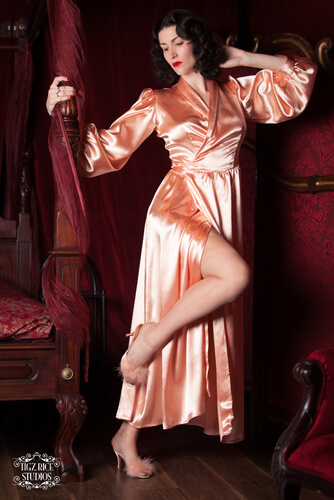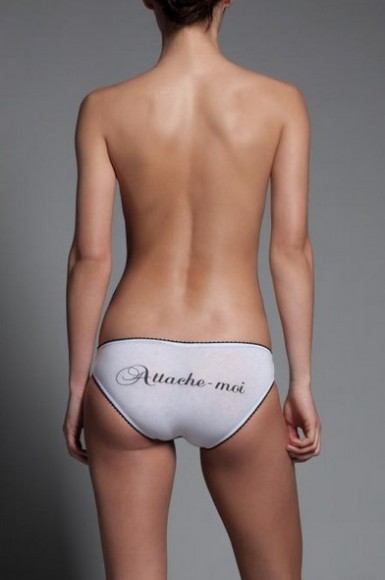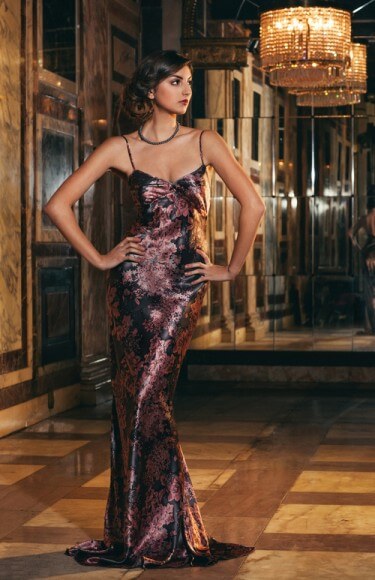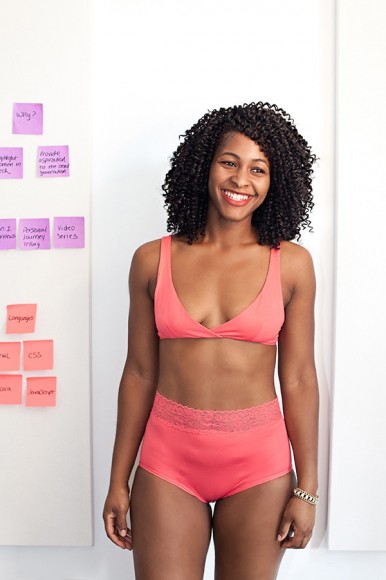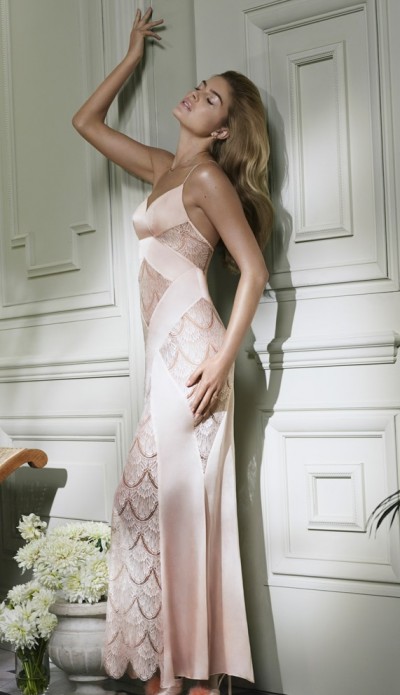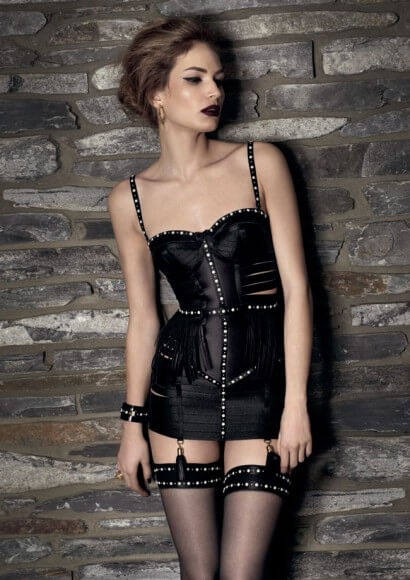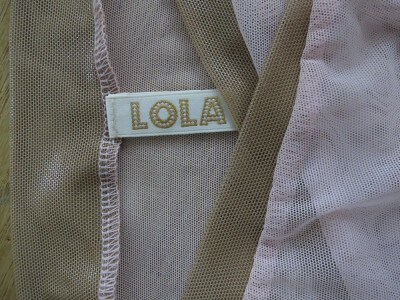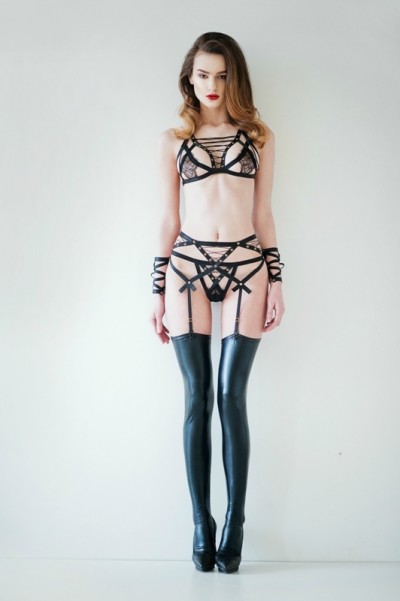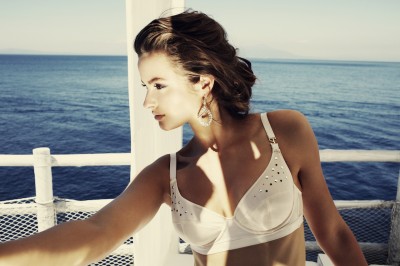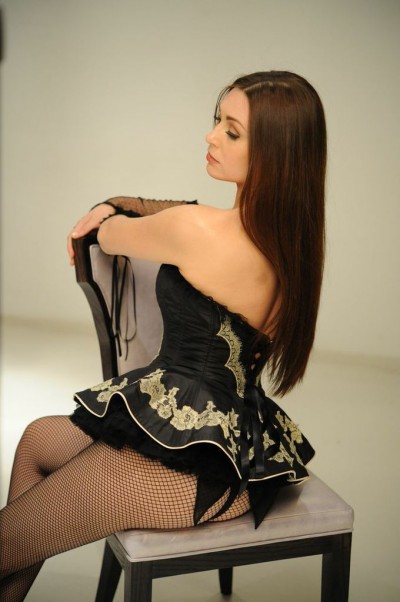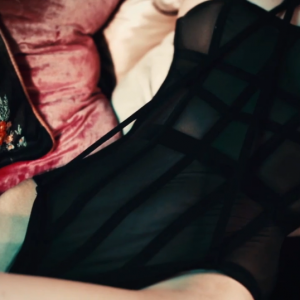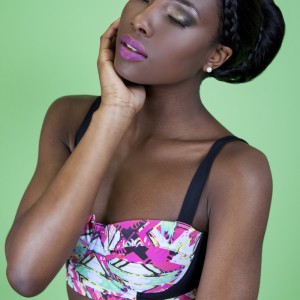Why is Lingerie So Expensive?: Fabrics & Trims
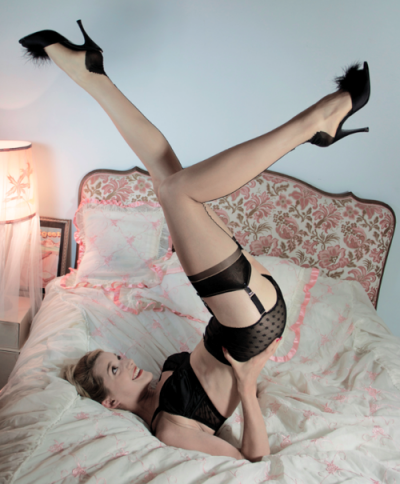
Fifi Chachnil
You all in love with a piece of lingerie. You admire the feel of the lustrous silk in your hands, the gossamer ruffles of lace, the intricate embroideries...and then you look at the price tag. Sticker shock! How can such a tiny piece of clothing cost so much? This is the first of a three-part series on why high-end lingerie costs what it does, from materials to construction to indirect costs you might not think about when buying that beautiful bra or panty. This month, let’s talk about the most obvious costs: the physical aspects of fine lingerie.
Fabrics
Well-made lingerie uses high-quality fabrics that feel and look beautiful. Silk might be the most desirable fabric for luxury lingerie. It’s lustrous, strong, durable, and incredibly beautiful...but time-consuming to make. Betty Blues Loungerie wrote a great article on where silk comes from, and the costly process necessary to create silk fabric.
Of course, different qualities of silk vary widely in cost, too. A 50-yard roll of thin, slightly sheer, textured silk crepe could cost $500, while a roll of heavy, smooth silk satin could cost nearly three times that amount.
Cotton is washable, absorbent, and comfortable against the skin. With all the synthetics bringing lingerie costs down, a 100% cotton panty can be surprisingly luxurious! Cotton prices fluctuate depending on crops grown and market demand, which means a pair of panties could cost more to produce this season than last season - even though they’re sold at the same price. In addition, cottons grown and produced organically (i.e. without pesticides and added chemicals) are about 30% more expensive than traditional cotton...but are often softer, of higher fiber quality and better for you and the environment.
As Angela Friedman wrote in her article The Real Value of Handmade Lingerie, minimum order quantities are a huge factor in fabric cost. Luxury lingerie brands are often small companies who work in very small batches or even in one-of-a-kind items. So they could be paying upwards $30 per yard for solid-color fine silk satin. If a long slip uses two full yards, that's $60 per garment for just the fabric cost!
Man-made fibers can also be pricey (and beautiful!). Super-soft modal, eco-friendly bamboo , and Italian-made nylon tulle are manmade but gorgeous. Specially-engineered synthetic fabrics that pull moisture away from your skin, wash easier, stretch further, or hold their shape longer can take years to develop.
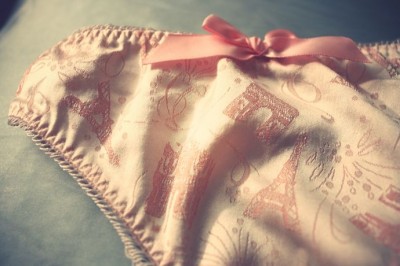
Fifi Chachnil. Photo by Haleigh Walsworth
Prints and weaves
Using a custom-printed fabric costs much more than a print that has already been developed. After the print is designed, each color of the print requires its own rolling screen or custom-engraved metal roller. Digitally-printed fabrics print on a giant printer which eliminates those set-up costs, but they also take more time to print and are more expensive per yard.
Jacquard fabrics, used on the Fifi Chachnil panty above, have a pattern woven into the fabric as it’s made. This amazing video of a jacquard machine at work shows how each thread in the loom is programmed to move individually to create the intricate weave. To me, beautiful custom jacquards are the sign of a successful high-end lingerie label. They’re time-consuming to engineer and incredibly expensive to set up.
Lace
Lace can easily be the most expensive material on a piece of lingerie. Even cheap lace is relatively expensive as far as trims go, but fine lingerie requires beautiful lace that’s soft against the skin. That makes it not only expensive, but sometimes hard to source due to low demand. In today's world of fast fashion, very few designers are working with beautiful laces!
One of the finest laces, French Leavers lace, is actually made on a special loom similar to jacquard fabric. A yard of 1-inch basic floral polyester lace could cost $0.50, while a yard of 5-inch French Leavers lace could cost $20. That doesn't take into account any custom designs or colors the label might want to use, or embroidery or beaded embellishments added after the lace is woven! Wide lace fabrics, like the beautiful one used in the $3000 gown by Agent Provocateur above, can cost over $100 per yard.
Elastic
Cheap elastic can cost pennies per yard when bought in bulk, but a beautiful harness or bondage-style dress needs a fine elastic that feels silky against the skin when you put it on and returns to its original shape after you take it off. In my experience, fine elastic like the satin elastic Bordelle uses can cost $2.00 per yard at small quantities.
Labels
Labels are small things that say a lot about the brand behind the bra. Embroidered and woven labels take time to engineer and have higher minimums than less expensive printed labels, but they look beautiful and last longer. Fine lingerie labels are often cut using a special technique that smooths the edges so they don't scratch your skin.
Hardware & Findings
Sliders, hooks, loops, boning, eyelets, cups, clasps, clips, and grips are the basis of functional lingerie, making sure everything is held up and in place. They’re tiny pieces of metal or plastic that seem superfluous, but they’re one of the most important parts of your lingerie! A slider on your bra strap that breaks or discolors, a foam cup that deforms or disintegrates in the wash, or an all-plastic garter grip that doesn’t stay closed is useless in fine lingerie.
When I needed a gold-tone metal garter grip with a sturdy silicon gripper, I couldn’t find anything I liked through my suppliers here, so I ordered a sample lot directly from a manufacturer in China. It increased my cost, but the quality of the grips was more important.
Custom-designed findings, like the "ST" logo loops on the Madame Supertrash bra above, are another detail found on fine lingerie that add significantly to overall cost. They’re not engraved, but molded, so a specific mold must be made for each custom-branded ring or loop. The hardware design is then tested, sampled and ordered in bulk for production.
Decorations: My favorite parts of lingerie are the tiny details that make each piece so special. Bows, tassels, beads, crystals, ribbons, chains, pleated trims and appliques can turn a piece of lingerie into a piece of art. Each decoration could be sold by the weight or by the spool, or could be custom-created for a single piece of lingerie.
After all that: materials are rarely the most expensive part of lingerie! Next month we'll delve into all the physical work required to create a beautiful bra or panty.
What did you think of this lingerie breakdown? Did you learn anything you didn't know before?





